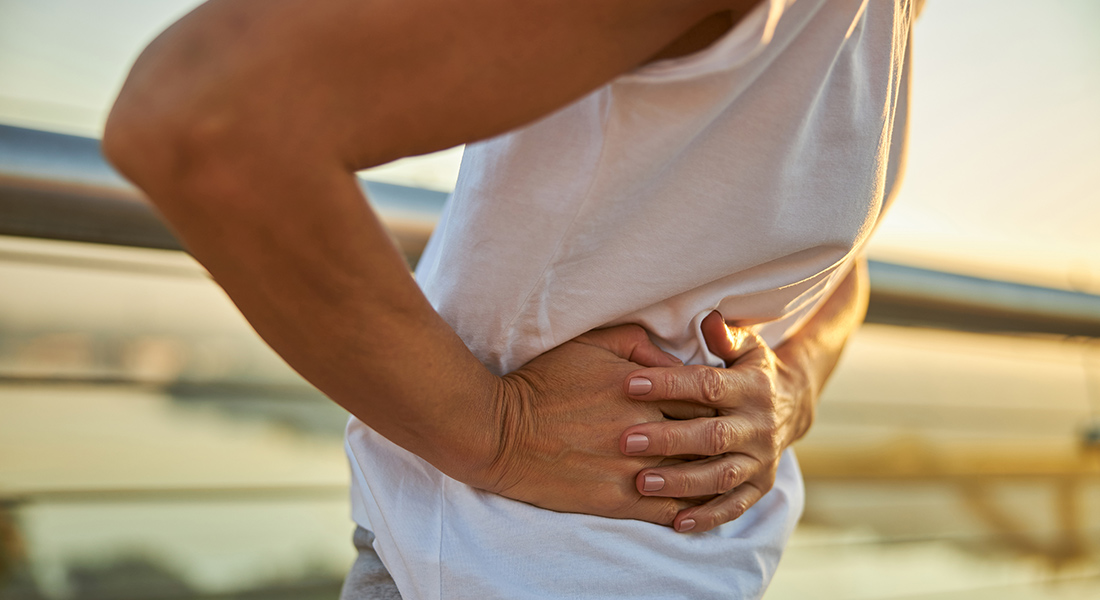
Joe Barber Jr, PhD
Jun 19, 2013
Localized estrogen may be protective against recurrent urinary tract infections (UTIs) in postmenopausal women, according to the findings of a recent study by Petra Lüthje, PhD, from the Karolinska Institutet and Karolinska University Hospital in Stockholm, Sweden, and colleagues, who published their findings in the June 19 issue of in Science Translational Medicine.
“In our study, we demonstrated estradiol-induced changes in healthy women on a cellular level and used mice to provide evidence for the biological consequences in the face of a bacterial challenge,” the authors write. “Monitoring these parameters in postmenopausal women suffering from recurrent UTI before and during estrogen supplementation would further add to the evaluation of the mechanism for this process in human patients.”
Specifically, the authors found that serum levels of the antimicrobial protein cathelicidin LL-37 are significantly higher in menstruating women than in postmenopausal women (P = .007), and among postmenopausal women, serum cathelicidin levels correlated with estradiol levels (Spearman r = 0.57; P = .01).
In addition, estradiol enhanced the levels of at least 3 of 5 antimicrobial peptides (human β defensins [hBD] 1, 2, and 3, psoriasin, and RNase 7) in 12 of 16 postmenopausal women, and supplementation significantly enhanced expression of hBD3 (P < .006). In the human bladder cell line 5637, the expression of several proteins known to be present in the urogenital tract were upregulated in the presence of estradiol, including hBD1 (P < .035), hBD2 (P = .0002), psoriasin (P = .008), RNase 7 (P = .028), and cathelicidin (P = .004).
Flow cytometry revealed a higher degree of exfoliation in infected women than in uninfected women (P = .023), as well as a trend toward a higher degree of exfoliation in infected postmenopausal women than in infected menstruating women (P = .099). Epithelial cells exposed to estradiol upregulated expression of ZO-1 (P = 0.17), occludin (P = .001), and E-cadherin (P = .0095), which are involved in epithelial barrier function.
In mice, higher bacteria counts were observed in ovariectomized mice than in sham-operated mice at 24 hours (P = .0097) and 7 days (P = .018) after infection.
In addition, bladder sections from ovariectomized mice exhibited higher expression of UPIa (P = .007), which mediates Escherichia coli adhesion and invasion into endothelial cells. Menstruating women displayed higher UPIa levels than postmenopausal women (P = .010), and among postmenopausal women, estradiol supplementation elevated UPIa expression (P = .001).
In a related commentary, Thomas J. Hannan, DVM, PhD, from the Washington University School of Medicine, and colleagues argue that nonantibiotic strategies are needed for managing the increasing prevalence of recurrent UTIs. “This study by Lüthje et al. supports the use of vaginal estrogen as a prophylactic therapy against [recurrent UTI] in postmenopausal women — not just for its effect on the urogenital microbiota and lower urethral resistance to uropathogens, but because estrogen seems to directly enhance the resistance of the bladder to both acute UTI and [quiescent intracellular reservoir] persistence by [uropathogenic E coli].”
This study was supported by the Swedish Research Council, ALF project funds, and the Swedish Cancer Society. The authors and commentators have disclosed no other relevant financial relationships.
Sci Transl Med. 2013;5:190ra80. Abstract


